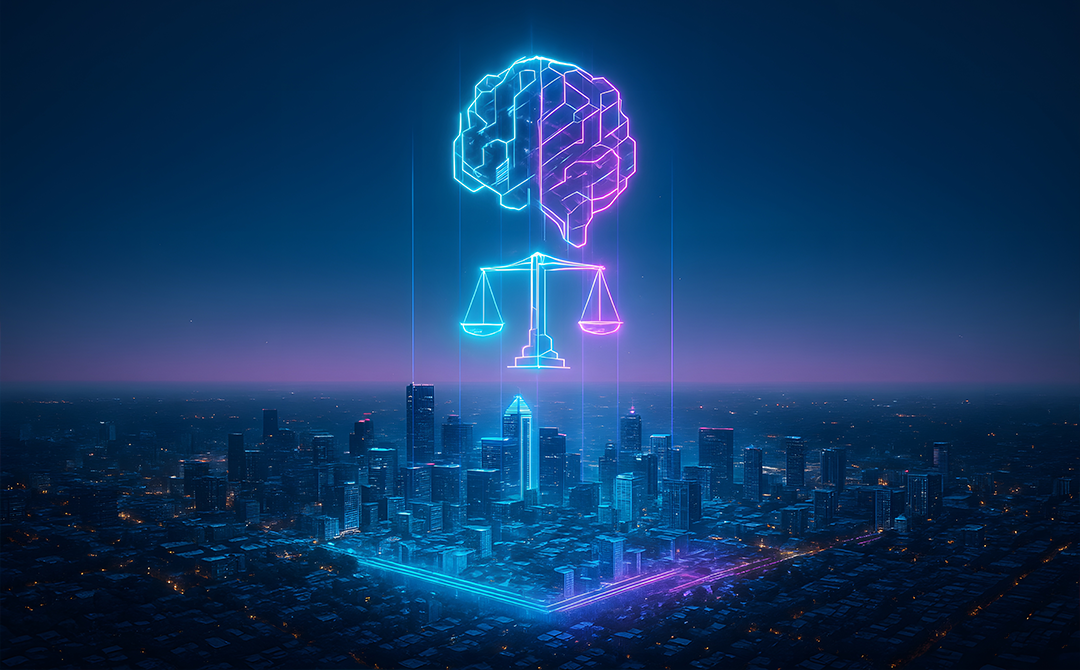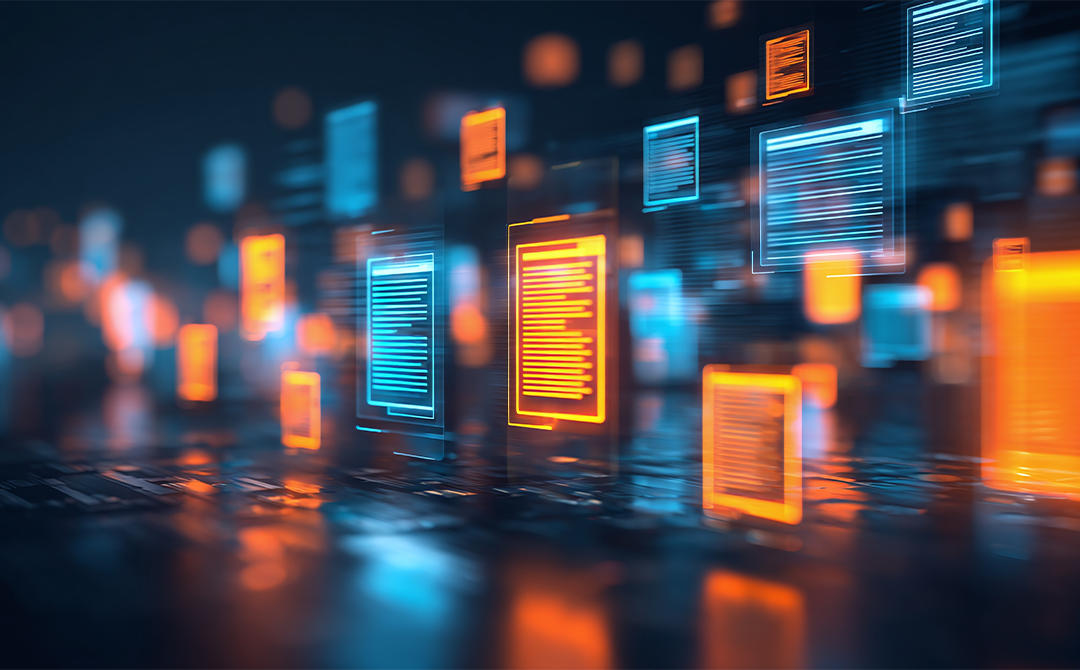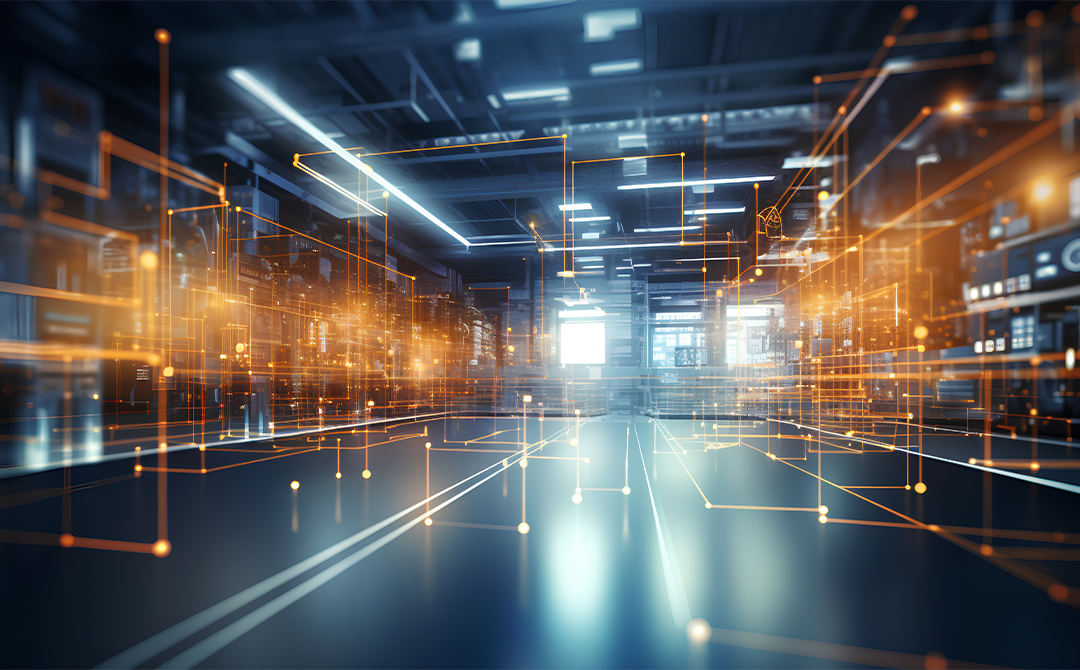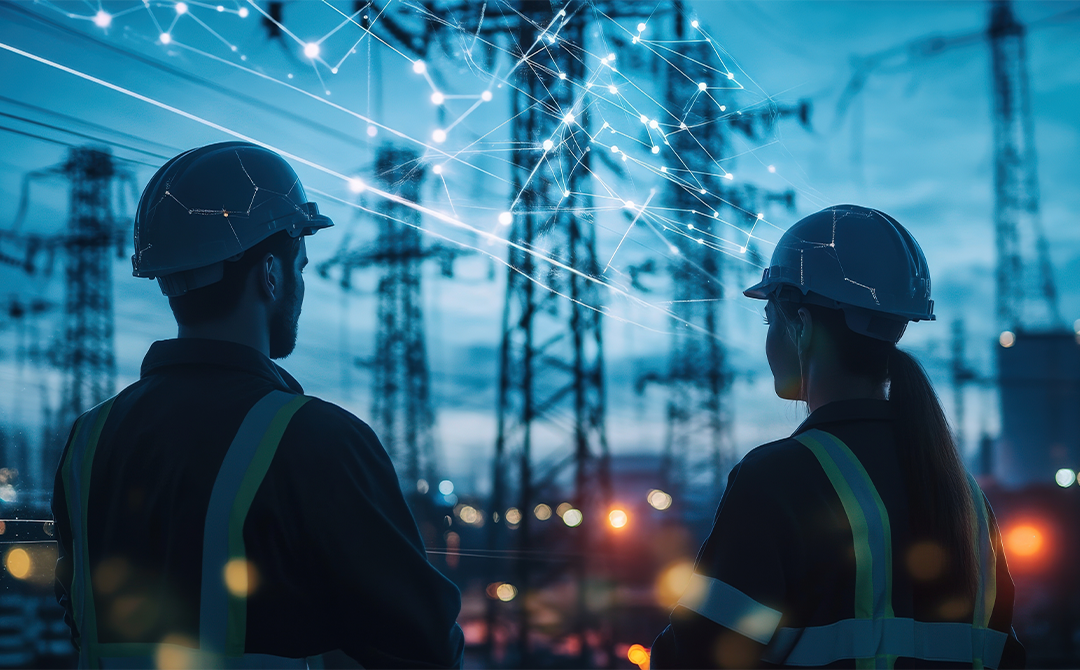
Large language models (LLMs) possess the capability to generate powerful and useful content, but this potential is tempered by the risk of producing harmful or unsafe outputs. To mitigate these risks, guardrails are implemented as safety layers that constrain a model's behavior. These guardrails, ranging from simple rule-based filters to sophisticated model-based classifiers, aim to detect and block unsafe content, such as instructions for illegal activities or hate speech.
As artificial intelligence becomes deeply integrated into our daily lives and business operations, the need for robust safety mechanisms has never been more critical. This need has given birth to what we now call Responsible AI. Responsible AI refers to the development, deployment, and use of artificial intelligence systems in ways that are ethical, transparent, and accountable. The systems that revolve around AI are very unpredictable. This unpredictability can stem from various reasons, such as inherent biases in training data, gaps in domain coverage, distributional shifts between training and real-world environments, compounded errors in multi-step reasoning, and the opacity of decision-making in large-scale models. Moreover, adversarial inputs, ethical blind spots, and a lack of interpretability further exacerbate this unpredictability, making it challenging to ensure consistent, safe, and fair outcomes. Because of this, the goal of responsible AI is simple: to make sure AI systems stay aligned with human values, respect fundamental rights, and contribute to fairness, safety, and overall well-being.
Why Responsible AI Matters
The importance of responsible AI comes down to some very real risks. AI systems can easily carry forward, or even magnify, the biases hidden in their training data, which can lead to unfair results in sensitive areas like hiring, lending, or healthcare. On top of that, these models are probabilistic by nature, so the same input doesn’t always guarantee the same output, making consistency and reliability harder to trust. And without the right guardrails, AI can go off track: spreading misinformation, leaking sensitive data, or being exploited through prompt injection and jailbreaks. Responsible AI is about making sure these risks are recognized, managed, and minimized so that AI systems serve people, instead of working against them.
Major technology companies have recognized these challenges and developed comprehensive frameworks for responsible AI. Microsoft's approach centers on six key principles: fairness, reliability and safety, privacy and security, inclusiveness, transparency, and accountability. Google's Responsible AI practices focus on mapping, measuring, managing, and governing AI risks throughout the development lifecycle, supported by their Secure AI Framework (SAIF). OpenAI's safety practices emphasize empirical model testing, alignment research, and systematic approaches to safety across the model lifecycle.
Having seen why responsible AI is so important, the next question is: how do we make AI systems safer and more trustworthy? This is where guardrails come in.
What Are Guardrails in AI?
Guardrails are the checks, constraints, and safety mechanisms we put around AI systems to make sure they behave in ways that align with human values and intended use. Think of them like the barriers on a highway, not there to slow you down, but to keep you from veering off into dangerous territory. In AI, guardrails can take many forms: from filtering harmful content and detecting bias to enforcing data privacy and ensuring outputs stay relevant, reliable, and safe.
Guardrails function through integrated mechanisms spanning policy creation, real-time monitoring, and automated intervention, and all three play an equally important role.
- Policy Creation: This is the foundation. Clear policies define what’s acceptable, what’s not, and how AI should be aligned with ethical standards, legal requirements, and organizational goals. Without strong policies, technical controls have nothing to anchor to.
- Real-Time Monitoring: AI systems don’t exist in a vacuum; they interact with dynamic, unpredictable environments. Monitoring ensures that outputs are continuously checked for issues like bias, misinformation, or harmful content. It’s the equivalent of keeping a constant eye on the road while driving.
- Automated Intervention: When something goes wrong, you can’t always wait for a human to step in. Automated interventions kick in immediately, blocking unsafe outputs, flagging anomalies, or rerouting decisions before harm occurs. This makes guardrails proactive, not just reactive.
Together, these layers form a safety net that helps AI systems operate responsibly without stifling innovation.
The Evolution of Responsible AI
Responsible AI has gone through a clear evolution, from the early days of machine learning (ML) to the rise of deep learning (DL), and now into the era of generative AI (GenAI).
-
The ML Era: In the traditional ML phase, responsible AI mostly centered around fairness, privacy, and transparency. The focus was on ensuring that decision-making systems, such as credit scoring or medical diagnosis, avoided bias and provided some level of explainability.
-
The DL Era: As deep learning arrived, with models capable of highly complex tasks like image and speech recognition, the stakes grew. The models became larger and opaque, making explainability tougher and raising the challenge of aligning outcomes with both ethical expectations and legal standards.
-
The GenAI Era: With generative AI, powered by massive foundation models trained on vast, diverse datasets, the challenge has reached a new scale. These models don’t just predict; they create. They can generate text, images, code, and more, which brings along risks of toxicity, misinformation, copyright violations, and even broader societal disruption.
This evolution has pushed responsible AI from being an optional add-on to becoming a core design principle. Today, building responsible AI means combining technical guardrails, systemic human oversight, and governance frameworks that ensure accountability, transparency, and risk management across the entire AI lifecycle.
When Guardrails Fail: Real-World Lessons
The importance of guardrails becomes even clearer when we look at what happens without them. Several examples show how the lack of responsible AI measures can lead to harmful consequences:
-
NYC Business Chatbot Misguides Users (2024): New York City's AI chatbot, deployed to help small business owners with city regulations, began giving illegal and dangerous advice, including suggesting it was permissible to fire workers for complaints about harassment or to ignore health codes. The city had to urgently add disclaimers and retrain the AI, after public exposure revealed the risk to businesses and workers [1].
-
South Korea Industrial Robot Fatality (2023): At a Korean vegetable processing plant, an AI-driven robotic arm fatally injured a worker after misidentifying him as a box due to sensor and perception errors, a direct failure in physical guardrails and vision logic. Such failures have led to dozens of deaths globally over the past two years, driving authorities to impose stricter safety standards for AI-powered robotics [1].
-
Chinese AI Chatbot Cyberattack (2025): DeepSeek, a popular Chinese AI chatbot, suffered a large-scale cyberattack during explosive growth, leading to service outages and API failures that frustrated thousands of users. The incident exposed vulnerabilities in scaling AI safely, highlighting the challenge of maintaining robust guardrails against security threats and reliability issues in public-facing generative AI apps [1].
-
Legal Hallucinations Cost Millions (2025): In more than 150 documented legal cases across the US and UK, generative AI hallucinations, “confidently incorrect” answers from LLM-based legal advisors, led to misleading evidence submissions, court delays, and case dismissals. This has resulted in financial losses, reputational harm, and increased scrutiny of AI adoption in sensitive domains, underscoring the consequences of insufficient validation and moderation guardrails [2].
AI Guardrails done right
-
Financial Services and Compliance: Compliance teams using Compliance. Ai’s AI-powered platform saw a reduction in manual document review workload by 94%, saving 87 workdays every 6 months. AI guardrails filtered out irrelevant regulatory documents and streamlined extraction of requirements, allowing compliance professionals to focus only on crucial reviews and cutting down labor costs substantially. [3]
-
Fraud Detection in E-commerce: E-commerce platforms that implemented guardrail metrics detected fraudulent checkout patterns early, blocking costly attacks and preventing losses. For instance, guardrails monitoring for unusual transaction patterns or rapid checkout attempts helped one company prevent several hundred thousand dollars in fraudulent charges annually while maintaining smooth customer operations. [4]
-
AI-driven Compliance in Large Enterprises: Amazon used internal AI guardrails to automate GDPR compliance processes, significantly speeding up response times to customer data requests and reducing the risk of costly regulatory penalties. The automation covered rapid data identification and safe deletion workflows for millions of European customers, helping lower operational overhead and minimize potential fines. [5]
-
Insurance Claims Automation: Insurance providers integrated generative AI guardrails in their claims processing, enabling claim handlers to triage, validate, and process claims more efficiently. This automation led to a dramatic reduction in manual processing time and improved accuracy, translating into direct savings in labor and increased customer satisfaction. [6]
More Guardrails, More Investment
When most people think about implementing AI or cloud guardrails, the first expectation is often “savings” – fewer errors, reduced manual oversight, or optimized spend. However, real-world experience shows a more nuanced picture: adopting robust guardrails often leads to controlled increases in IT and AI budgets, reflecting their role in risk management, compliance, and workload expansion.
-
Microsoft Azure: Microsoft documents that enterprises adopting Azure Cost Optimization Guardrails saw overall IT and cloud spend increase as project scopes and protected workloads expanded, particularly after initial guardrail setup. Their reference architecture specifically notes that new guardrail adoption often drives sustained, controlled budget growth for critical workloads, rather than dramatic cost reductions, and recommends continuous review for "growing baseline spend". This trend is reported among large-scale customers in highly regulated sectors (healthcare, finance, government). [7]
-
Financial Services Sector: Many banks and insurers participating in Deloitte and Evident AI 2025 surveys reported double-digit percentage increases in annual budget allocations to data privacy, algorithm explainability, and compliance guardrails for AI models. Rather than limiting operational expenses, guardrails enabled these firms to meet new regulatory standards but drove YoY growth in security, risk, and compliance budgets. [9]
References:






